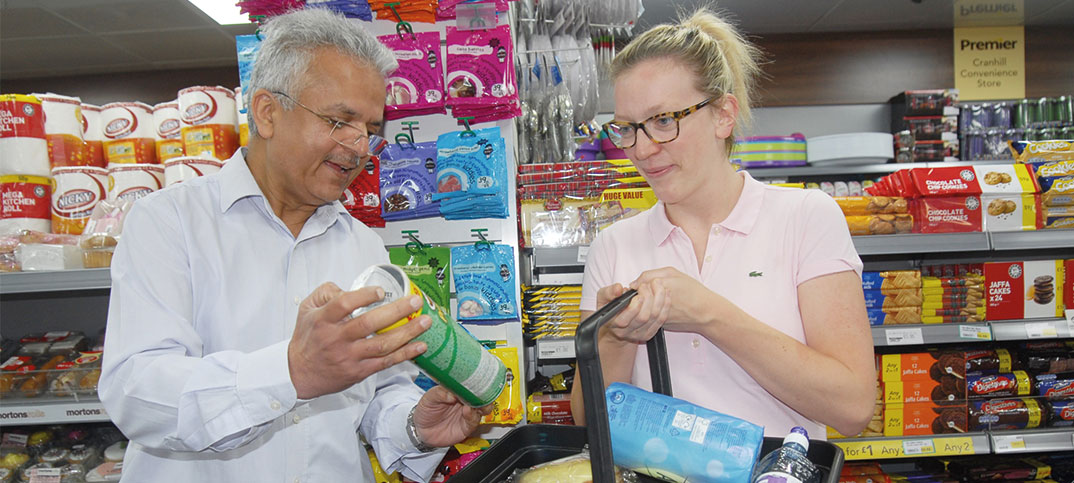Change is inevitable and it is best to disrupt your own business before others do it for you, I am due to tell more than 200 independent retail owners taking part in the annual conference of the NFRN at Torquay this week.
I expect I will get the usual mix of responses. On one side of the room there will be a small number of retailers itching to move ahead. On the other side will be a small number of traditionalists who want the world to move back in time to when their businesses were more successful. In the middle, most people will contemplate change with a sense of unease. No-one likes risk.
However, we all have to accept that the “want it now” generation is shaping the future of retailing.
Ten years ago, most customers were scratching their heads about what to use an iPhone for. Today they expect to order something on their mobiles, have it delivered or pick it up in store – often on the same day, in a few hours or even in a few minutes.
The challenge for local shops is how they keep that shopper visiting them: will tomorrow’s consumer stop by for tobacco or newspapers? Will their refrigerator automatically order milk for delivery by robot when it senses supplies are low?
The internet has unpicked the world that used to exist. A world in which big corporations like Coca-Cola and Procter & Gamble thrived from 1950 to 2010.
In this period, the consumer packaged goods playbook worked simply and in favour of big brands. First, the manufacturer invested big money in developing new products that could command a price premium. Second, it spent more money on advertising to create consumer awareness and demand. Finally, it spent yet more money on ensuring its product was front and centre in retail locations everywhere.
Working in tandem with wholesale distributors, the big brands invested in networks of retail shops that could efficiently capture the consumer demand their advertising created. Companies like Mars and Cadbury taught retailers how to sell chocolate countlines, while shoppers carried out regular missions like buying a packet of cigarettes or a pint of milk.
What made the system so effective was that information was scarce. In the 1990s, half the UK population would watch the same TV show on the same channel with the same ads – partly because there were only four TV channels to choose from.
Today, with a mobile phone, a consumer can see what people all over the world have and they want access to all of it now. Customers expect to save time, enjoy the experience of shopping and save money all at the same time.
The challenge for Coca-Cola, its new chief executive James Quincey said last month, is that when people use Amazon to buy clothes instead of visiting a shopping mall, they are no longer tempted to buy a Coke as well when they are out.
The challenge for local shops is how they keep that shopper visiting them: will tomorrow’s consumer stop by for tobacco or newspapers? Will their refrigerator automatically order milk for delivery by robot when it senses supplies are low?
Experts say that the only thing that will keep shoppers coming back is if they enjoy the experience of visiting your shop. Does that mean your staff will need to be ‘cast members’, as Disney Store sales associates are described?
Experts say that a ‘healthy and happy’ positioning built around fresh food and food to go is the way forward as consumers look to eat more healthily and want to spend less time cooking. But is this right for every location?
Change is hard. But we all need to embrace it. Every fortnight Retail Express shares a success story driven by a local retailer like you who is investing in their future. Don’t sit still.



Comments
This article doesn't have any comments yet, be the first!